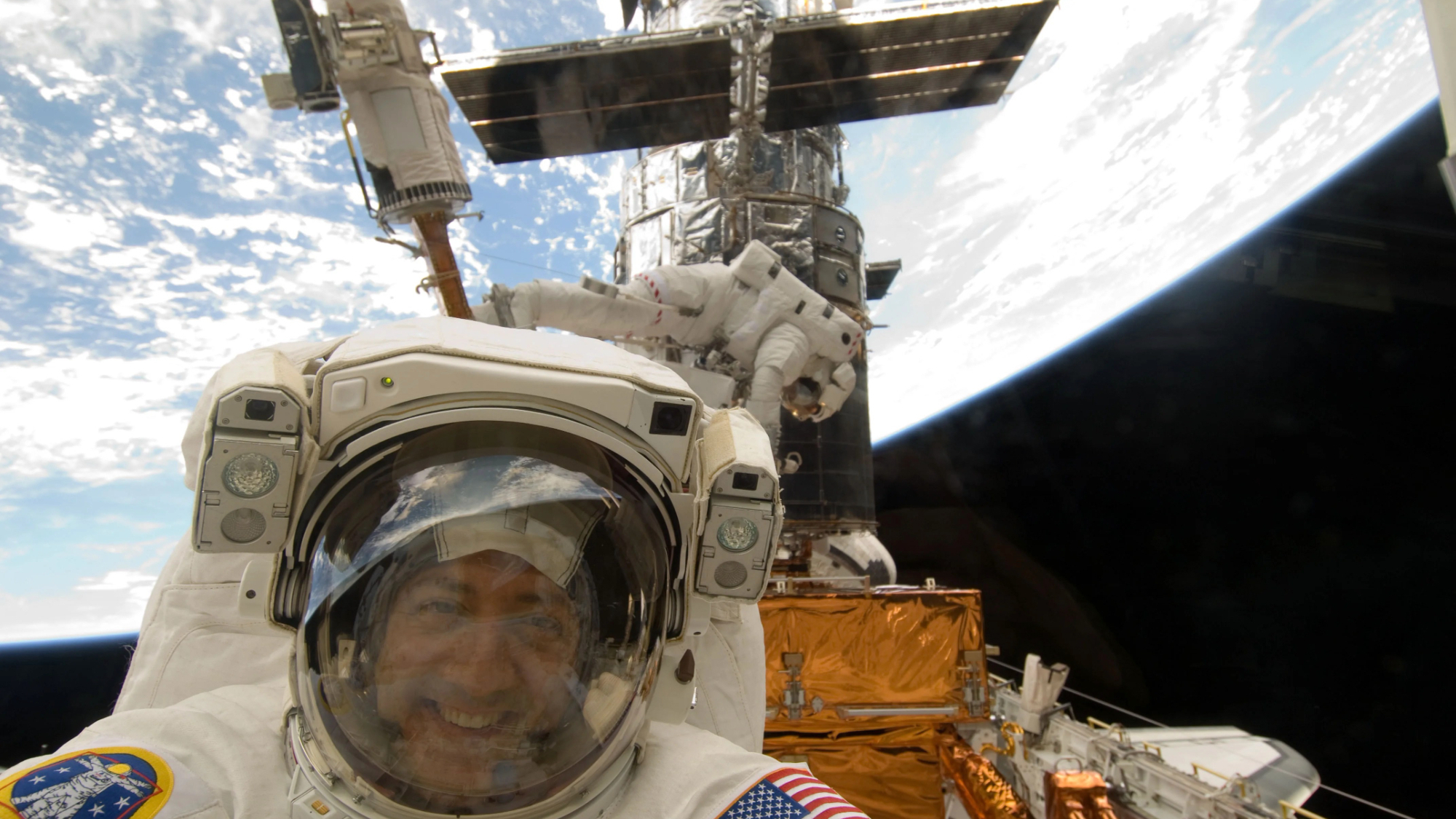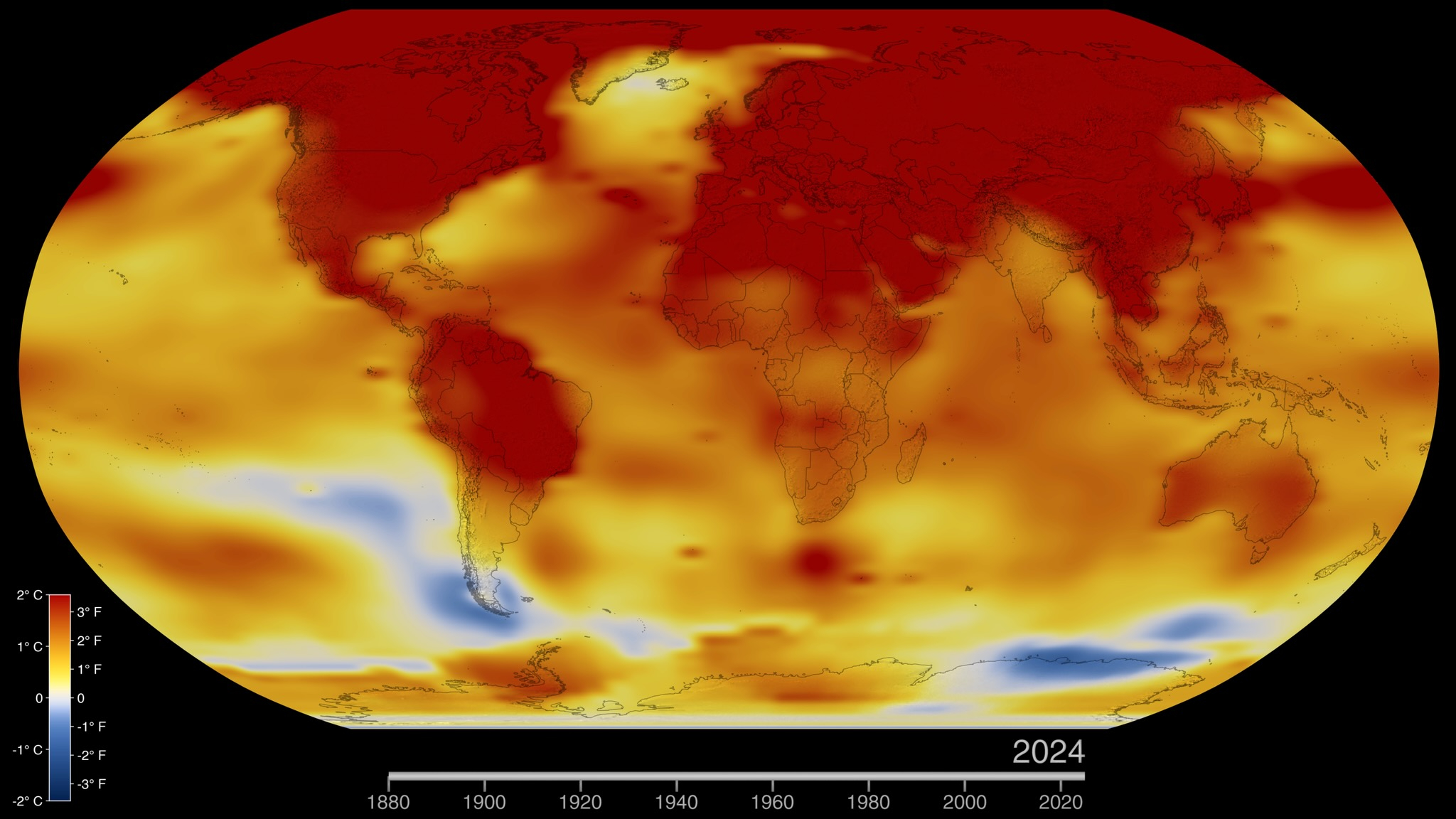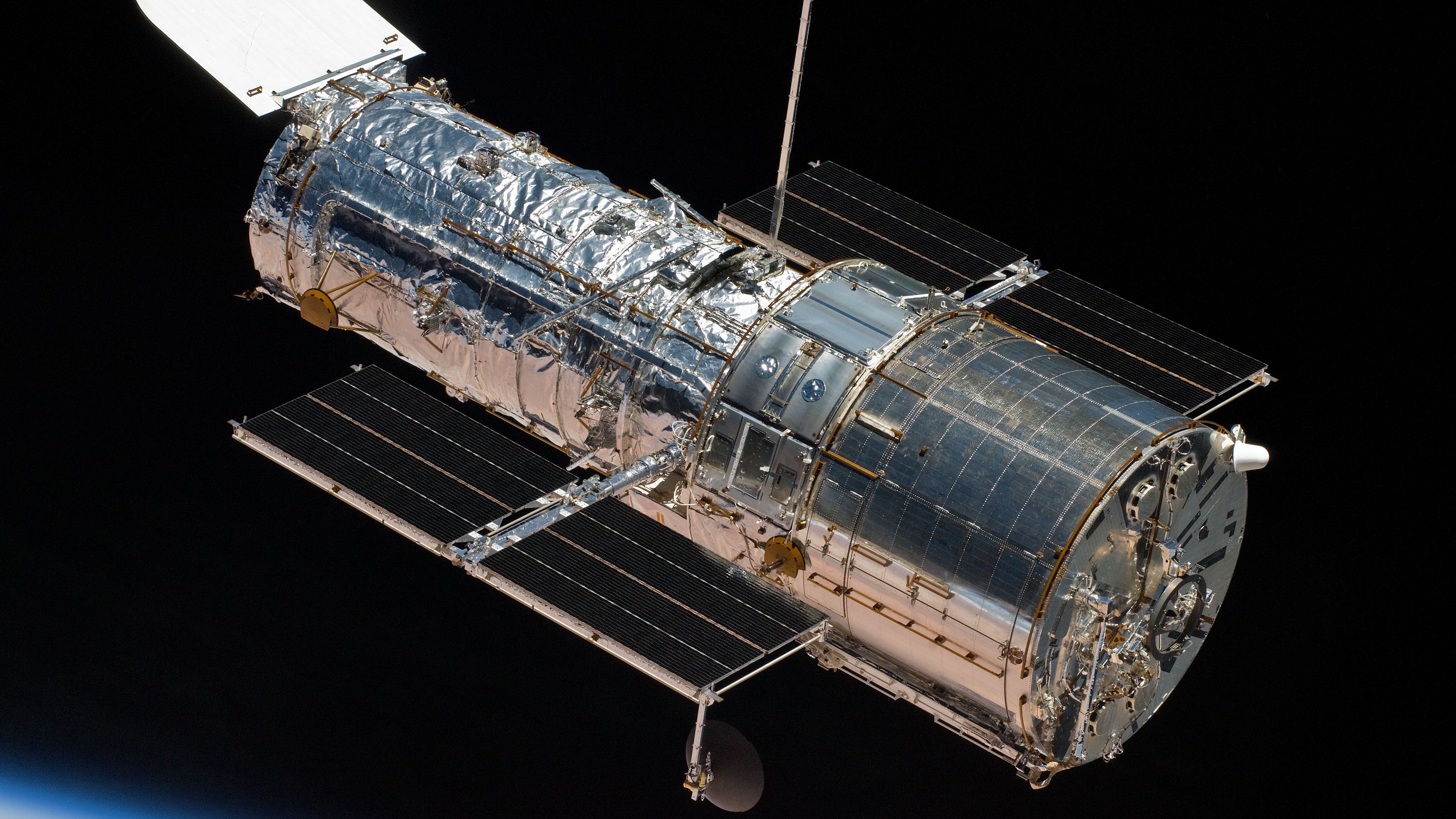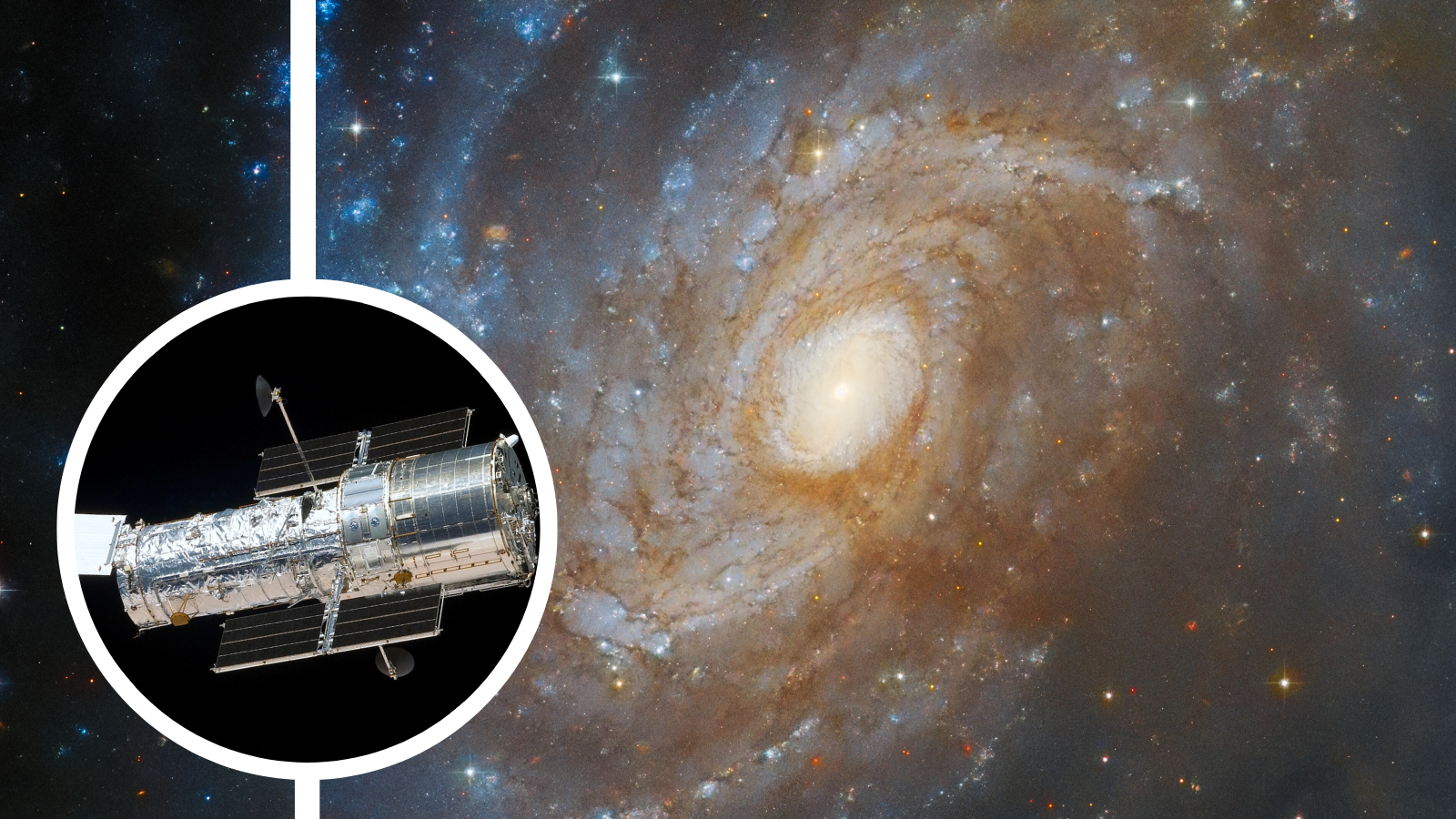Tiny Passengers Join Astronauts on Atlantis
Alongwith the six-member crew, space shuttle Atlantis,scheduled for liftoff this Sunday, will be carrying some very small passengersto the InternationalSpace Station: three common microbes.
Scientistsplan to study the ability of Salmonellatyphimurium, Pseudomonas aeruginosa and Candida albicans, all microbesidentified as potential threats to the health of space crews, to adapt tomicrogravity and to infect astronauts in the space environment.
Suchunderstanding will help to evaluate risks for longer-duration missions whenastronauts will be far from the medical luxuries of Earth.
"Ourmicrobe experiment will be the first to investigate the effects of spaceflighton the disease-causing potential and gene expression profiles ofdisease-causing microbes," said the experiment's principal investigator CherylA. Nickerson, a researcher at the Biodesign Institute at the Arizona State University.
Lessimmunity
Studieshave shown that spaceflight weakens the immunesystem of humans and animals.Additionally, with longer missions where water and air will be recycled andcontamination becomes a risk, astronautscould be even more vulnerable to infections caused by thesemicrobes:
- Salmonella typhimurium, are rod shaped bacteria known to cause Salmonellosis. Symptoms of this infectious disease include nausea, diarrhea, and fever. The illness can become much worse for those with weakened immune systems.
- Pseudomonas aeruginosa, a potential water contaminant on spacecrafts, was responsible for a crewmember's urinary tract infection aboard the Apollo 13 mission.
- Candida albicans, is a naturally occurring yeast in the human body and can overgrow if microbial communities are altered in space causing yeast infections and oral diseases.
"Spaceflighthas been shown to induce key changes in both human and microbial cells that aredirectly relevant to infectious disease, including changes in immune systemfunction, microbial growth rates, antibiotic resistance, and cell surfaceproperties," said Nickerson. "It is exciting to think of the potentialbenefit that research in space holds for translation to the clinical bedside byproviding a better understanding of how pathogens cause disease that will leadto new ways to treat, prevent and diagnose infectious disease."
Get the Space.com Newsletter
Breaking space news, the latest updates on rocket launches, skywatching events and more!
Raising microbes
Themicrobes will be flown in self-contained chambers activated by the astronauts.A crewmember can turn a hand crank to release the growth media onto the culturemedia.
Themicrobes will be allowed to grow for 24 hours in ambient temperatures beforethe astronauts stop the procedure.
"Thisexperiment requires only the minimum of space shuttle resources, but it hasthe potential to greatly advance infectious disease research in space and onthe ground," said the experiment's project manager Steven Hing, from NASA AmesResearch Center. Because the microbes will be contained in hardware that provides threelevels of containment, they will pose no threat of exposure to the astronauts.
Once theshuttle lands on Earth, some of thesamples will be examined for disease causing potential while the rest will befrozen. Differences in growth rates, genetic changes, and their abilityto infect will be studied. This knowledge can advancethe treatment of infectious diseases in space and on Earth.
Join our Space Forums to keep talking space on the latest missions, night sky and more! And if you have a news tip, correction or comment, let us know at: community@space.com.










